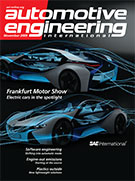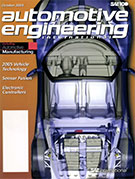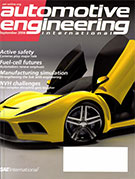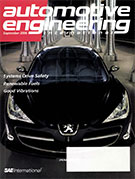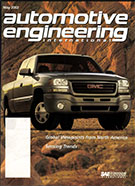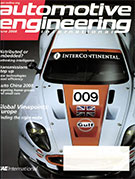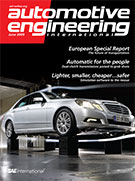Magazine
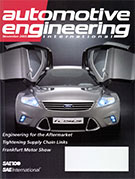
Automotive Engineering International 2005-11-01
2005-11-01
Frankfurt (Hybrid) Motor Show Dual-power technology was driven through the doors of the huge German complex in a way that has never been seen before. Bringing good things to light Emerging lighting technologies deliver more design flexibility as they get brighter, smarter, and smaller. Tightening supply chain links Improved electronic tools and more outsourcing fuel increased collaboration. Extreme two-wheeler engineering American Motorcyclist Association Superbike racing spurs development of truly super street bikes. Engineering for the aftermarket Suppliers that serve the OE market are setting their sights on the growing market for customization.


